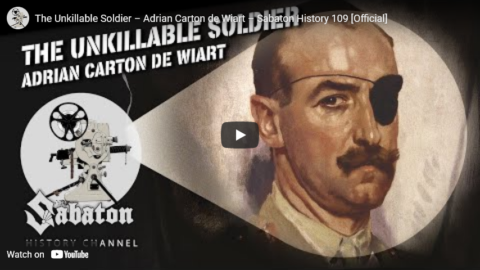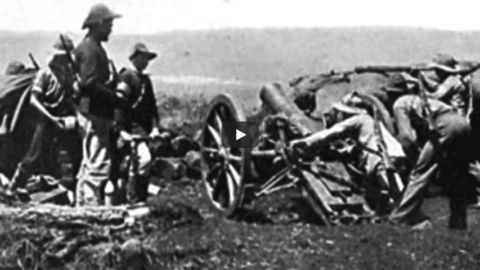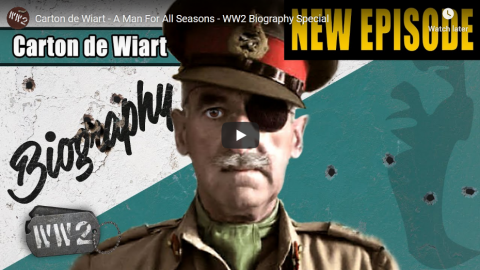Having run out of ways to desecrate the memory of our founding prime minister, the shrieking harpies seem to have designated the best Liberal prime minister in Canadian history to be unpersoned this time:
The so-called “Laurier Legacy Project” began in 2022 when the eponymous post-secondary institution in Kitchener-Waterloo, Ontario, decided to conduct a “scholarly examination of the legacy and times” of Canada’s seventh prime minister (1896-1911). The academic investigation was launched in the wake of the murder of George Floyd in the U.S. and the suspected but unconfirmed discovery of unknown graves near the site of a former residential school in Kamloops, B.C. Institutions were facing pressure to publicly demonstrate they were taking immediate action against colonial legacies.
But was the school really committed to “conducting a scholarly examination” of Laurier? One that would weigh evidence, consider context, and arrive at a conclusion? Spoiler alert: of course not.
The university’s own website is a dead giveaway. A page titled “Who was Wilfrid Laurier?” begins with a single paragraph summarizing the former prime minister’s accomplishments, noting his ability to forge compromise, his participation in the construction of a second transcontinental railway, and the addition of two provinces, Saskatchewan and Alberta.
The rest of the answer to the question “Who is Wilfrid Laurier?” is four negative paragraphs detailing his record on Indigenous relations, restrictive immigration policies, and his role in “actively support[ing] the expansion of British imperialism on the African continent through his involvement in the South African War”. The page offers no hint of balance or objectivity. Perhaps this is what we have come to expect when institutions engage in historical investigations: the judgement has already been made. It’s just the path to get there that remains.
While the Laurier Legacy Project began in 2022, it is relevant today because the university quietly published its conclusion last fall. The report, written by post-doctoral fellow Katelyn Arac, called for 17 recommendations, most of which relate to the university and its extensive DEI policies. These included creating scholarships for communities “marginalized by Laurier” as well as building “artistic displays … in equity-deserving communities”. But few of the recommendations had to do with the actual legacy of the former prime minister.
Much like the school’s website, however, the language of the report made its bias known. Dr. Arac admitted her focus was on policy decisions related to “immigration and relations with Indigenous peoples”. She went on: “These policies were designed with two objectives in mind — assimilation and/or erasure; in other words, the eradication of Indigenous peoples in the land we now call Canada through policies of settler-colonialism”.
The report is part of an unfortunate trend in history today: measuring historical figures by a process of selective evidence. Rather than look objectively at the legacy of Canada’s first francophone prime minister, the project set out to investigate only where Laurier could be seen to have failed. And there were failures. That is part of history and governing.












